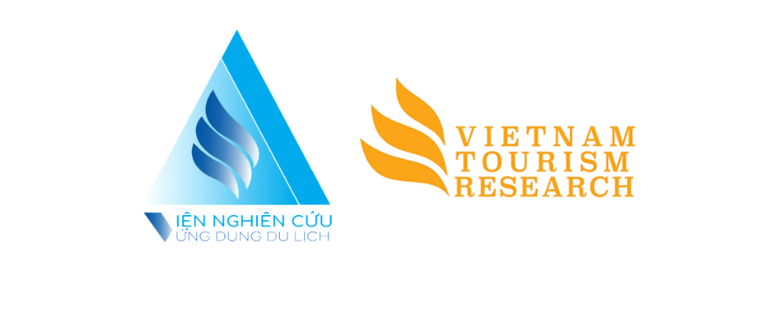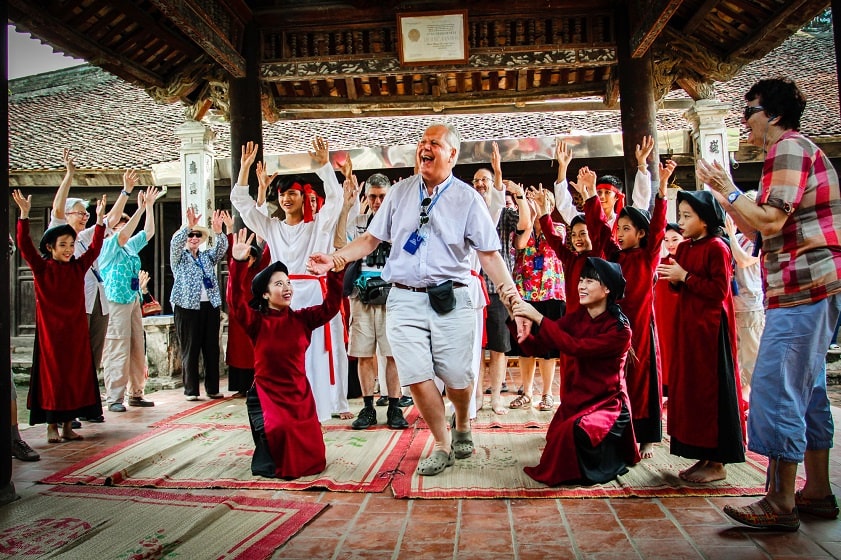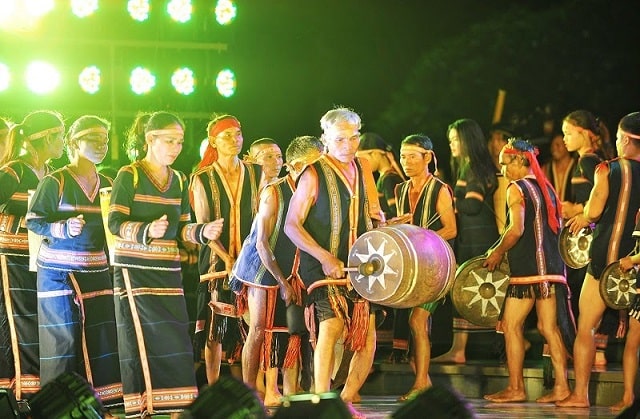This post is also available in:
Tiếng Việt (Vietnamese)
Rethinking Cultural Tourism after 30 Years of Development: from “High Culture” to Co-Creative Experience, from Physical Space to Extended Reality.
This article provides an in-depth analysis of academic transitions and proposes new approaches for a sustainable future.
From a Book to an Open Academic Discourse
In the context of global cultural and tourism orders being challenged by the pandemic, geopolitics, and technological transitions, the book Rethinking Cultural Tourism emerges as a necessary academic response to re-evaluate three decades of development in cultural tourism. Rather than merely an academic publication, the book is a profound synthesis of the ATLAS Cultural Tourism project, which began in 1991, and the Smart Culture initiative funded by the European Union. The book launch – a global-scale online symposium – is not only a venue for presenting the content, but also a convergence point for ideas, debates, and new trajectories for the future of cultural tourism.
The Evolution of Cultural Tourism in Hybridized Spaces
The historical development of cultural tourism is closely tied to changes in the understanding of “culture.” Culture 1.0 represents the traditional view, considering culture as a tool for education and standardization of behavior through the appreciation of high art. However, from the late 20th century, under the influence of globalization and economic development, Culture 2.0 began to dominate – where culture became a tool for development and a driver of local economies.
The emergence of Culture 3.0 marks a shift toward co-creative thinking, where tourists are no longer passive recipients but active agents in creating cultural experiences. Here, the intersection of art, technology, and daily life extends cultural tourism into non-traditional spaces. Culture 4.0 – characterized by the integration of physical and digital spaces, virtual reality, and augmented reality – ushers in an era of “uncertainty yet full of potential” in digitalized and fragmented cultural tourism.
From Culture to Emotion
Alongside the historical progression of the industry, academic thought has also undergone significant “turns.” From the cultural turn in the 1980s, emphasizing the central role of culture in all aspects of society, to the mobility turn, reflecting the globalization of movement and the transformation of the tourist’s role. Following this is the performative turn, which reveals tourism as a performative process – not merely the consumption of space but also the enactment of personal roles within that environment.
The creative and managerial turn opens new avenues: tourism is no longer just exploration but also creation; the role of “curators” is no longer confined to museums but extends to the entire urban space. Finally, the emotional turn has emerged as a new wave, affirming the importance of personalization, emotional attachment, and sensibility in cultural experiences.
A Third-Generation Approach
Amid increasing complexity, practice theory is applied as a tool to deconstruct rigid definitions and explore diverse practices in cultural tourism. No longer centered on tourist profiles or destinations, this approach emphasizes social interactions, ritual sequences, and the contextuality of behavior. The concept of collective effervescence is considered a key factor in stimulating the repetition of cultural experiences, shaping contemporary tourism behavior.
This theoretical model not only helps to understand “new” practices such as exploring street art, participating in local workshops, or becoming a tourist in one’s own city, but also raises the question: what makes an experience “cultural tourism”? Debates surrounding the legitimacy of practices such as culinary tourism, religious travel, or contemporary art tourism underscore the need for a more flexible and inclusive classificatory framework.
Definition, Data, and Co-Creation
Despite numerous achievements, the field of cultural tourism still faces significant challenges. The absence of a widely accepted definition renders academic discussions ambiguous, while practitioners lack clear measurement tools. Existing statistics often fail to reflect reality, as in the case of Venice – where 80% of visitors do not engage in cultural activities in the traditional sense.
Co-creation – though a prominent trend – is still used loosely and lacks empirical verification. The level of tourist engagement in creating cultural value is not always high, especially in the context of digital consumption. An interesting paradox is that older tourists tend to participate in co-creation more than the millennial generation.
Furthermore, elements such as “atmosphere” and “buzz” – despite their evident influence on experience – remain elusive concepts and are insufficiently studied. Meanwhile, cultural institutions must adapt to digital forms, seeking ways to exist in a hybrid space where visitors can “access museums” from their living rooms.
Breaking Barriers, Expanding Boundaries
The book emphasizes the urgent need for a “third-generation practice approach” – where boundaries between agency and structure, producers and consumers, physical and digital spaces are increasingly blurred. This approach helps to broaden the concept of cultural tourism, encompassing previously marginalized practices such as creative shopping, social interaction in art spaces, or even creating cultural memes on social media.
One of the book’s most important contributions is its connective capacity – serving as a “bridge” between the cultural and tourism sectors, two fields that operate under different logics. If effectively implemented, this approach can help unlock synergistic potential, enhancing the effectiveness and sustainability of both policy and practice in these sectors.
A Field in Transformation
Rethinking Cultural Tourism is not merely a book; it is an open academic manifesto. In a context where traditional definitions are no longer sufficient to encompass the diversity and complexity of new practices, the book paves a path for rethinking. From three decades of history to theoretical implications, it provides not only analytical tools but also intellectual inspiration for the next generation of scholars, policymakers, and practitioners.
Cultural tourism – if correctly understood and applied – is not an outdated concept, but an open thinking space where people, technology, and culture converge to reshape experiences, values, and perceptions in the 21st century.










